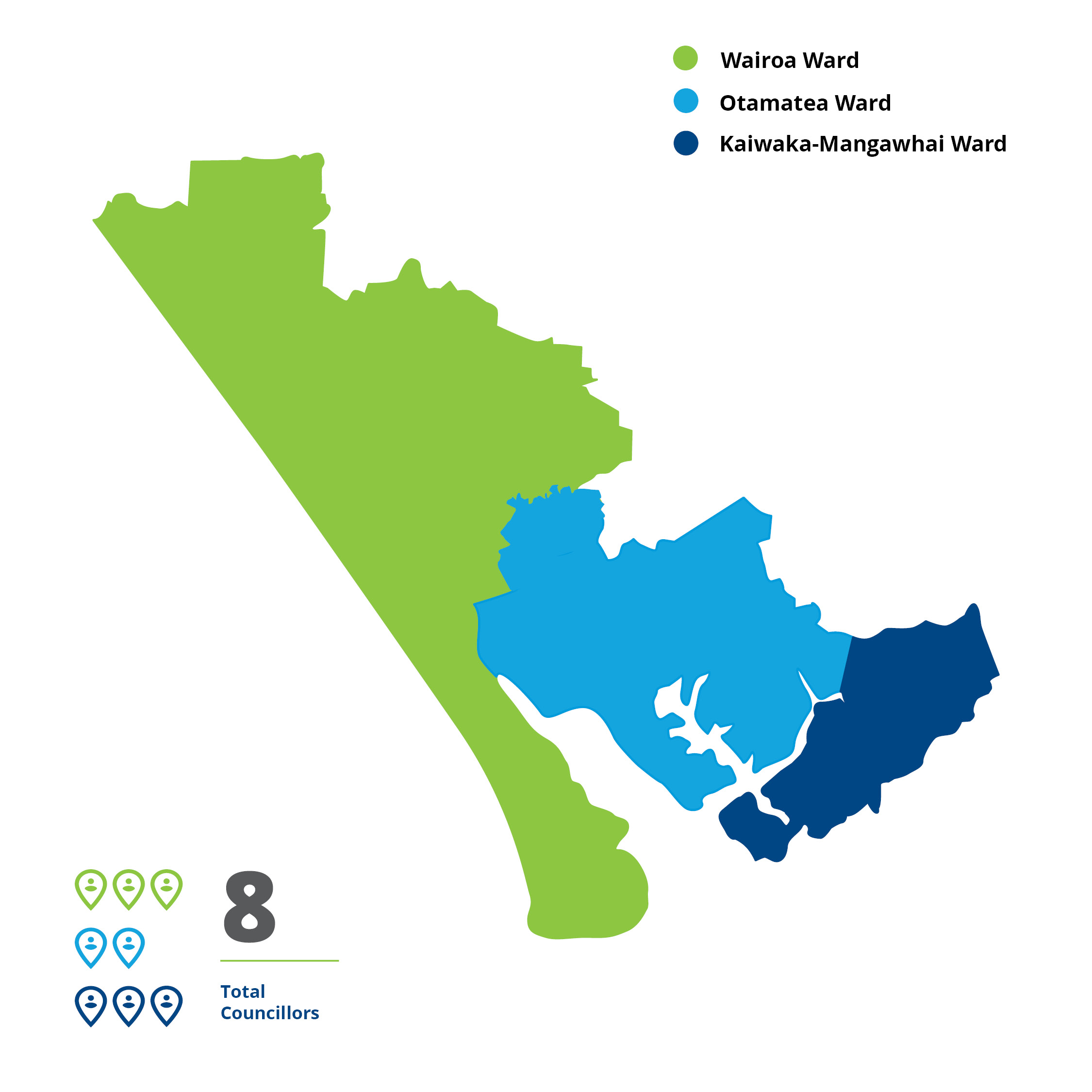Representation Review 2024
A representation review examines the arrangements for electing representatives during local elections. It considers things like how many councillors are required to represent the district, geographical boundaries and names of wards, and if community boards should be established or retained.
The Local Electoral Act 2001 (LEA) requires all local authorities to undertake a representation arrangement review at least once every six years. Our last review was undertaken in 2021 (for the 2022 local government elections). The next review would normally occur in 2027, however, as Council disestablished its Māori ward on 7 August 2024 under the Local Government (Electoral Legislation and Māori Wards and Māori Constituencies) Amendment Act 2024, a shortened representation review is required to be undertaken in 2024. A shortened representation review must follow the same steps as a normal representation review but in a much shorter space of time.
The previous review was in 2021, and the current 2024 review is now finalised. The representation arrangements will stay in effect for six years (two election cycles) or until the next review. Read an overview brochure about the Review.
Representation for elections at least 2025
Representation for elections 2025 will see eight councillors, plus Mayor (elected-at-large). Councillors will represent Wairoa with three councillors, Otamatea with two councillors, and Kaiwaka-Mangawhai with three councillors.
Kaipara District currently has no Community Boards.


Next step - Local government elections
Local government triennial elections are being held by postal vote on Saturday 11 October 2025 and will be undertaken by Election Services, under contract to Kaipara District Council. Find out more on the Local Elections 2025 page of our website.
More information
Read about Representation Reviews via the Local Government Commission website.


